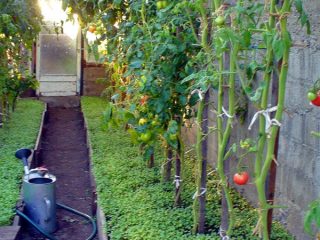Content
- 1 The benefits of green manure for cucumbers
- 2 The best green manure for cucumbers
- 3 Which green manures are best to sow before planting cucumbers?
- 4 What kind of green manure is better to sow in the fall under cucumbers?
- 5 What kind of green manure is best to sow under cucumbers in spring?
- 6 Rules for growing green manure
- 7 Conclusion
Green manure for cucumbers is of great importance because it enriches the soil with nitrogen, protects it from pests and diseases, and improves its structure. White mustard, spring rape and oilseed radish are used as the main green manures. They are planted in autumn or early spring. Green manure can be grown both in open ground and in a greenhouse.
The benefits of green manure for cucumbers
Green manures are organic fertilizers. Moreover, this is not a substance or mixture, but a group of plants that enrich the soil with valuable components. These include, for example, mustard, phacelia, oilseed radish, oats and many others.
The use of green manure is quite justified, especially when growing cucumbers. These plants are distinguished by a superficial root system that grows in breadth rather than in depth. Even if fertilizer is used regularly, cucumbers will not always be able to extract micronutrients easily.For example, if they are at a depth of 20-30 cm, this is no longer possible.
Mustard, lupine and other green manures contribute to the transfer of valuable chemical compounds into the surface layers of the soil. Along with this, they also have a lot of other useful properties:
- They improve the structure of the soil, making it lighter and looser, which ensures constant access of oxygen to the roots of cucumbers.
- Restore natural fertility.
- They protect the earth from destruction by wind (erosion) and washing away by rainwater.
- Reduce acidity, i.e. change the pH value. This is especially important for cucumbers, which do not grow well in acidic soils and prefer a neutral reaction with a pH of 6.5-7.0.
- Green manure performs the function of mulch. They protect the roots from temperature changes and also prevent the rapid evaporation of moisture, which is especially useful in hot summer weather.
While green manure grows, they also play an important role:
- suppress weeds, which allows you not to use chemicals and do less weeding;
- retain snow masses in winter, due to which in spring the soil is better saturated with moisture and restored faster;
- act as pioneers in an abandoned area where nothing has been grown for a long time;
- green manure attracts bees and other pollinators;
- promote the proliferation of soil bacteria, which also increases soil fertility - this is necessary both for cucumbers and for other demanding crops, such as tomatoes.
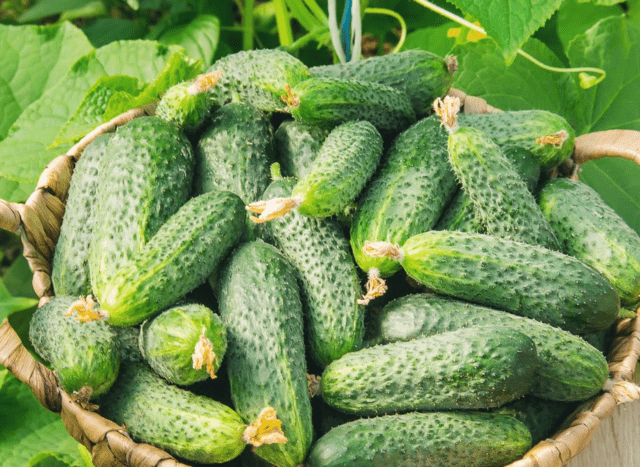
Green manure can also be used as a means of prevention against certain pests.
They prevent the rapid reproduction of insects, which allows you to save on medications and carry out fewer treatments.
The best green manure for cucumbers
Various green manures are suitable for cucumbers - oats, buckwheat, rapeseed and others. When choosing plants, preference should be given to those that simultaneously meet several requirements:
- grow quickly;
- unpretentious;
- have a good root system that effectively loosens the soil;
- decompose quickly after uprooting and grinding.
White mustard
White mustard is a common green manure for cucumbers, which is sown in mid-May. Destroys pathogenic bacteria.
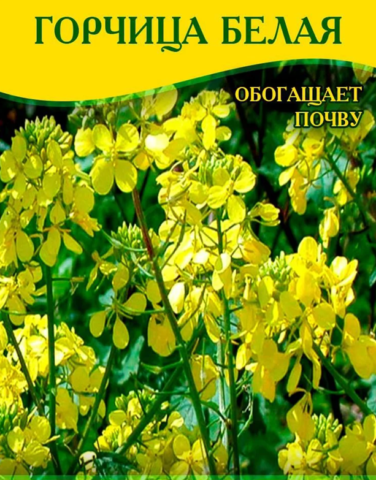
Mustard enriches the soil not only with potassium, but also with phosphorus and nitrogen
Improves soil structure. When planting, it is worth considering that mustard does not grow well in places where groundwater comes close to the surface.
Oilseed radish
Radish destroys pathogenic bacteria and fungi. This cucumber plant is also sown in early April.
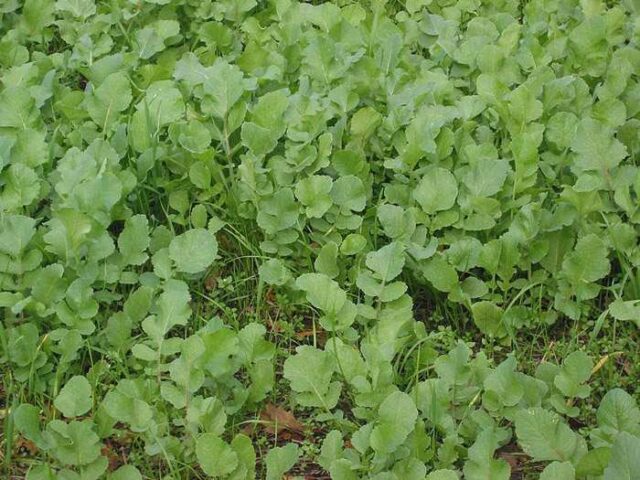
Oilseed radish saturates the soil with potassium, phosphorus and nitrogen compounds, and loosens the soil
The culture grows well in moist and loose soils.
Phacelia
Another useful green manure in front of cucumbers is phacelia. The culture is cold-resistant, even tolerates significant frosts down to -9 degrees. Grows quickly and increases green mass. Suitable for cucumbers and most other crops.
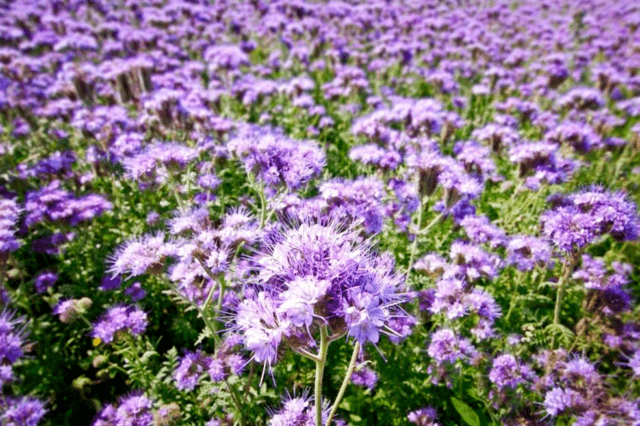
Phacelia destroys soil pests, improves rocky and sandy soils
Planting is planned for March.
Oats
A moisture-loving plant suitable for any soil type. Planting is planned for the end of March or the beginning of April. They are used in abandoned areas where they plan to grow cucumbers or other crops.
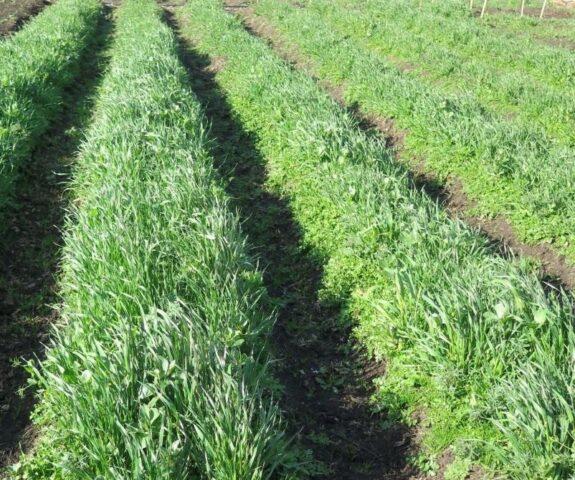
Oats can be sown as early as the end of March
Lupine
Lupine is sown in early spring to saturate the soil with nitrogen. Green manure is useful for cucumbers and other crops.
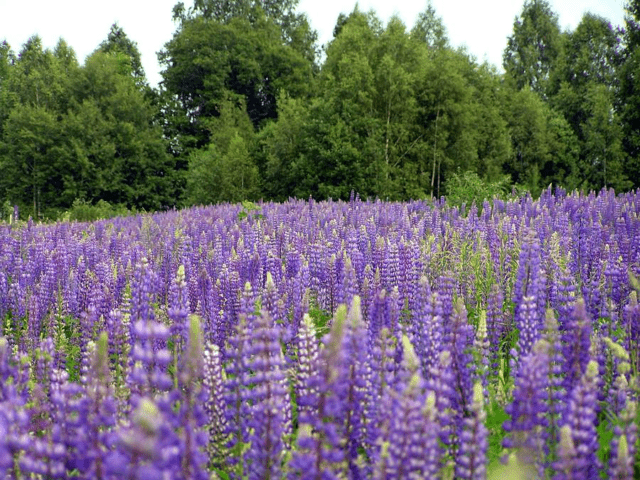
Lupine loosens the soil well
It grows normally on loamy and sandy soils, but is not suitable for soil with a large proportion of clay.
Sunflower
Grows well in different types of soil, including alkaline ones. Improves the structure of the soil, is unpretentious, so you can plan any planting time. But it’s worth considering that the stem of this green manure for cucumbers decomposes slowly and can interfere with digging. Another disadvantage is that it takes quite a lot of nutrients from the soil.
Rape
Cold-resistant green manure for cucumbers. It can withstand temperatures down to -7 degrees, so planting can be planned as early as March.

Rapeseed increases the humus layer, thereby increasing soil fertility
Buckwheat
It loosens the soil perfectly, slightly increases acidity, and ensures normal absorption of poorly soluble phosphorus compounds by cucumbers.
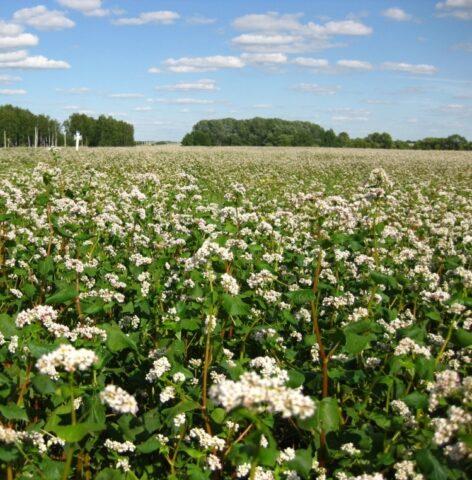
Buckwheat sowing is planned for early April.
Which green manures are best to sow before planting cucumbers?
Before planting cucumbers, green manure is sown in three periods:
- early autumn;
- before frost;
- in March-April.
In the first case, you can take mustard, phacelia or spring rape. They have time to grow before frost, after which they can be chopped and left to rot right on the field. The same green manure for cucumbers can be planted in late autumn if the main deadline has been missed. Then they will sprout in early spring.
In March or early April, you can plant plants such as mustard, white, oilseed radish or spring rape. They will have time to quickly gain green mass and ripen before planting cucumbers.
You can also use a mixture of several different types of seeds:
- Cruciferous vegetables (including rapeseed, white mustard and oilseed radish) - for soil disinfection.
- Legumes (vetch, alfalfa, peas, clover, annual lupine) - help saturate the soil with nitrogen by extracting it from the atmospheric air and underlying soil layers.
- Cereals (oats, barley, wheat) are also well suited for soil disinfection.
What kind of green manure is better to sow in the fall under cucumbers?
In the spring, green manure is sown immediately after the snow melts, so that they can be uprooted and plowed before the cucumber seedlings are transplanted into the ground (or into a greenhouse). Planting is planned for early April. Moreover, the specific timing depends on the climatic characteristics of the territory:
- middle zone, Volga region - first ten days of April;
- southern regions, Black Earth region - end of March;
- Ural, Siberia - mid-April.
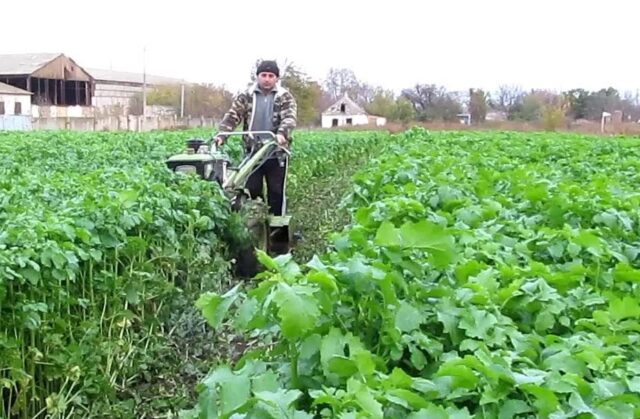
Mustard can be planted both in spring and autumn
Since after the snow melts the temperature often drops and frosts are observed on the soil, only the most cold-resistant green manures can be sown for cucumbers in the spring. These include the following plants:
- mustard;
- phacelia;
- spring rape.
At the same time, you should not completely rely on cold resistance - after sowing the seeds, it is better to cover them with film until mass shoots appear. Periodically, the shelter is raised for ventilation.
What kind of green manure is best to sow under cucumbers in spring?
The dates for autumn planting of green manure for cucumbers are in the second half of August or early September. At this moment, you should plant crops that grow very quickly and gain the required amount of green mass in literally 4-5 weeks. These include:
- White mustard grows quickly, while suppressing pests such as cruciferous flea beetles and slugs. As soon as the seedlings grow, they are mowed down and left on the surface or embedded in the soil during digging, which is also carried out in the fall, before the first frost.
- Oilseed radish grows very quickly. Improves not only soil fertility, but also its structure. Green manure is useful for cucumbers and other crops. It prevents the growth of weeds and the development of certain fungal infections.
- Phacelia is a cold-resistant green manure for cucumbers that grows normally even at a temperature of 5-8 degrees Celsius.
It is worth considering that even the most unpretentious autumn green manures grow slower than spring ones, which is associated not so much with the weather (it can be warm), but with the length of daylight hours. If the planting date is missed, you can sow the seeds just before frost so that they do not have time to hatch. In this case, the seed undergoes natural stratification (overwintering in the soil), due to which it quickly sprouts in April of the following year.
Rules for growing green manure
Cucumbers are grown in greenhouses and hotbeds, but they are often also grown in open ground. Therefore, green manure needs to be sown both in beds and in specially designated areas. Agricultural cultivation technology differs depending on the chosen method.

Green manure needs to be mowed before flowering
In the greenhouse
When growing cucumbers in a greenhouse, mustard is most often planted, since it is optimally suited for greenhouse conditions. In addition, green manure disinfects and enriches the soil, improving its structure. The optimal planting time is from the last days of March to the first ten days of April. If the greenhouse is made of polycarbonate, you can start sowing in the first half of March, and in the south - at the end of February.
You can also try using watercress as a green manure for the greenhouse. This is an unpretentious, cold-resistant plant that quickly gains green mass.Therefore, it is suitable for early spring planting (you can even try it at the end of February).
The sequence of actions is as follows:
- Make grooves in the soil.
- Place the seeds in the holes and sprinkle a small amount of soil on top.
- Pour generously with warm water.
- After the sprouts reach 10-15 cm, mow and leave to rot until planting the cucumbers.
In the open ground
If you plant green manure for cucumbers in open ground, you need to start planting as early as possible so that they have time to produce a lot of green mass before mowing. Another important point to choose is to plant cold-resistant plants that grow normally outside a greenhouse or greenhouse.
For this purpose, mustard, oilseed radish and phacelia are used. Seeds are sown in early spring and covered with film. As soon as the seedlings reach a height of 10-15 cm, you can sow cucumbers. Each hole is sprinkled with a little soil and covered with a plastic bottle or glass on top, creating greenhouse conditions. As soon as shoots appear en masse, the protective cover must be removed.
After another 10-15 days, the green part of the green manure is mowed down and left as mulch for cucumbers. There is an alternative option - to sow mustard and other useful plants and mow them before planting the cucumbers. Then they will not interfere, creating a shadow.
Conclusion
Green manure for cucumbers brings great benefits, which has been scientifically proven and confirmed by the experience of gardeners. Thanks to the saturation of the soil with nitrogen, cucumbers grow faster, confidently gain green mass and bear fruit ahead of schedule. At the same time, the yield increases, which is noticeable already in the first season.
